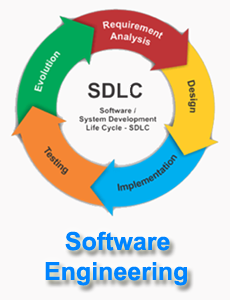Big Bang in SDLC
Big Bang Model in SDLC
The Big Bang model is an SDLC model where we do not follow any specific process. The development just starts with the required money and efforts as the input, and the output is the software developed which may or may not be as per customer requirement.
In this model, developers do not follow any specific process. Development begins with the necessary funds and efforts in the form of inputs. And the result may or may not be as per the customer's requirement, because in this model, even the customer requirements are not defined.
This Big Bang Model does not follow a process/procedure and there is a very little planning required. Even the customer is not sure about what exactly he wants and the requirements are implemented on the fly without much analysis. Usually this model is followed for small projects where the development teams are very small.

When to use Big Bang Model?
As we discussed above, this model is required when this project is small like an academic project or a practical project. This method is also used when the size of the developer team is small and when requirements are not defined, and the release date is not confirmed or given by the customer.
Advantages of Big Bang Model
- There is no planning required.
- Simple Model.
- Few resources required.
- Easy to manage.
- Flexible for developers.
Disadvantages of Bag Bang Model
- There are high risk and uncertainty.
- Not acceptable for a large project.
- If requirements are not clear that can cause very expensive.

